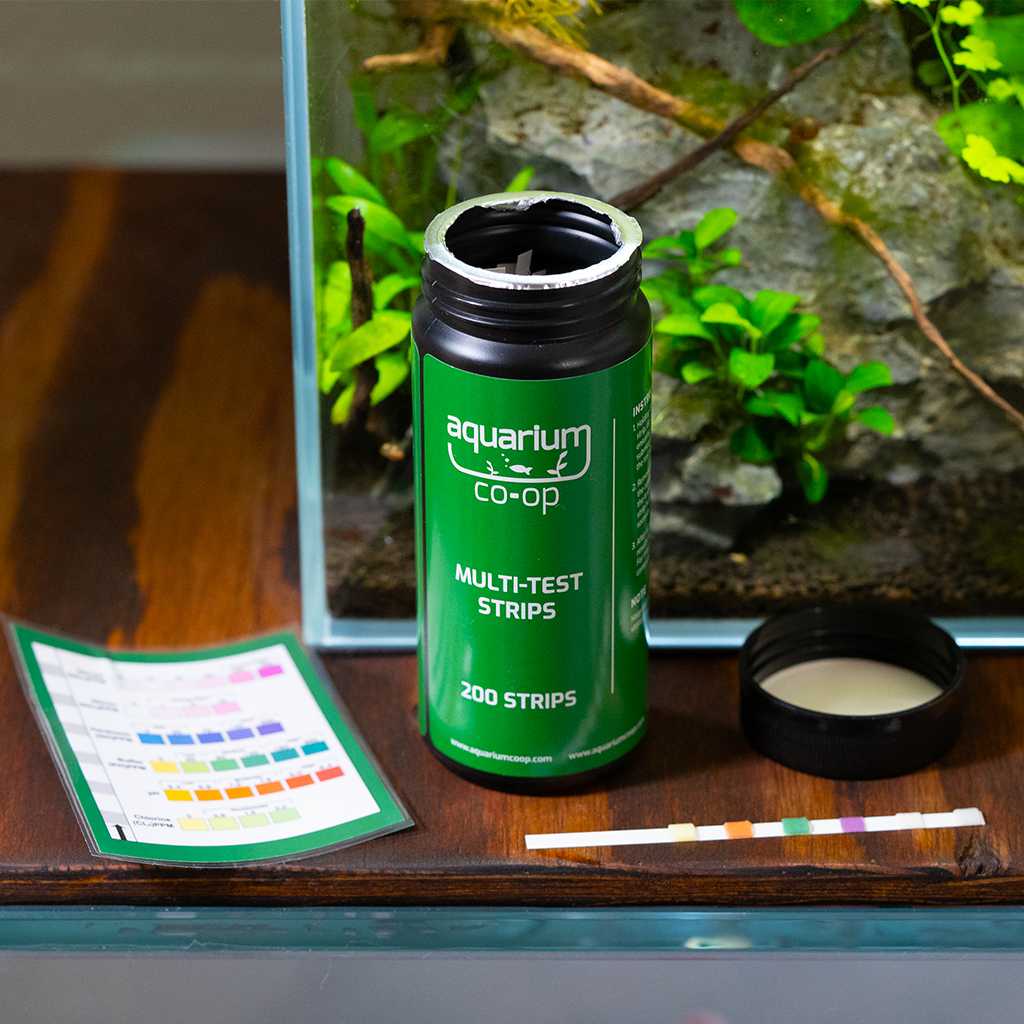Chemical Levels

pH
pH is the measure of how acidic or basic the water is. Pure water has a pH of 7.0, while alkaline water has a higher pH and acid has a lower pH.
The ideal pH for most freshwater aquariums is 6.5 to 8.0. Some signs of abnormal pH are:
- frantic swimming
- lethargy
- rapid breathing
- other erratic behaviour
The goal in managing pH levels is to prevent fluctuation and allow fish to adapt to the pH.
KH
KH is the amount of carbonates and bicarbonates in water, which affects the amount of acid or base needed to change the pH (buffering capacity). It is measured in ppm (parts per million) or dKH (degrees of KH), where 1dKH = 17.9ppm.
Most freshwater aquariums should be between 4-8 dKH (or 70-140 ppm), but be sure to check for your species of animal, since some have different requirements. Note that a KH level of <2 dKH could cause pH swings and kill your animals.
If you're trying to adjust your pH, minimise your KH. If you're trying to avoid pH swings, aim for a high KH
GH
GH is the amount of calcium and magnesium ions in the water, the hardness of the water. Similar to KH, GH is measured in dGH or ppm. It is essential for many healthy biological functions.
Most aquariums should be at 4-8 dKH (or 70-140 ppm), but different fishes require different levels, and you should always check first! Some signs of unhealthy GH levels are:
- Fish with poor appetite, slow growth rate, lethargy or faded colours
- Plants with signs of calcium or other mineral deficiencies
- Shrimp having trouble multing
- Snails with thin, flaking or pitted shells
Managing pH, KH, GH
Aquarium co-op multi-test strips have tests for all 3 levels, which should be done in regular aquarium maintenance. It is recommended to change pH, KH and GH levels gently, so that creatures in your aquarium can adapt
To lower the levels, let the aquarium acidify through minimal water changes and gradually mixing in water through a RODI (reverse osmosis de-ionised) water system
To raise the levels, add crushed coral by mixing into substrate or as a bag of filter media in the filter